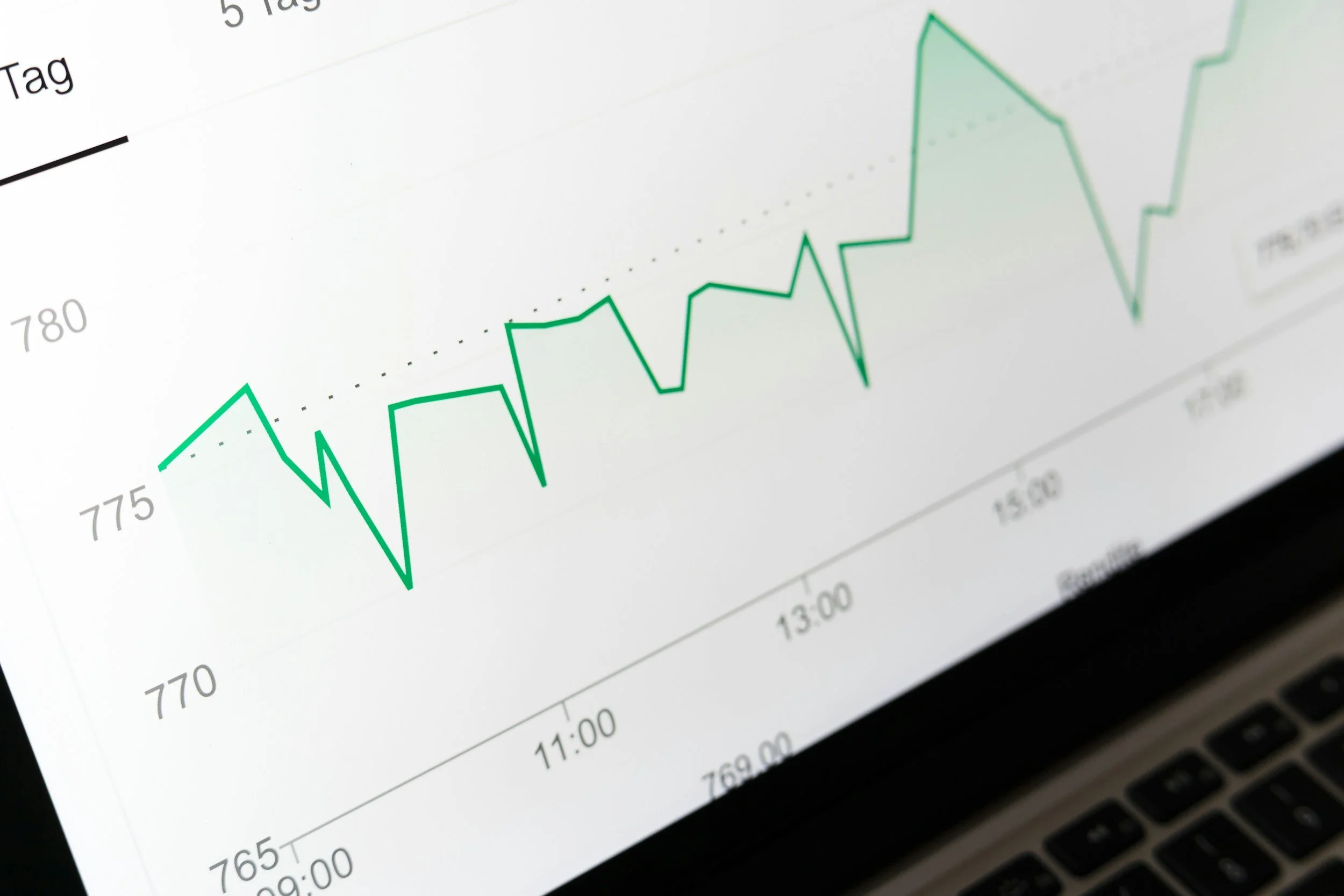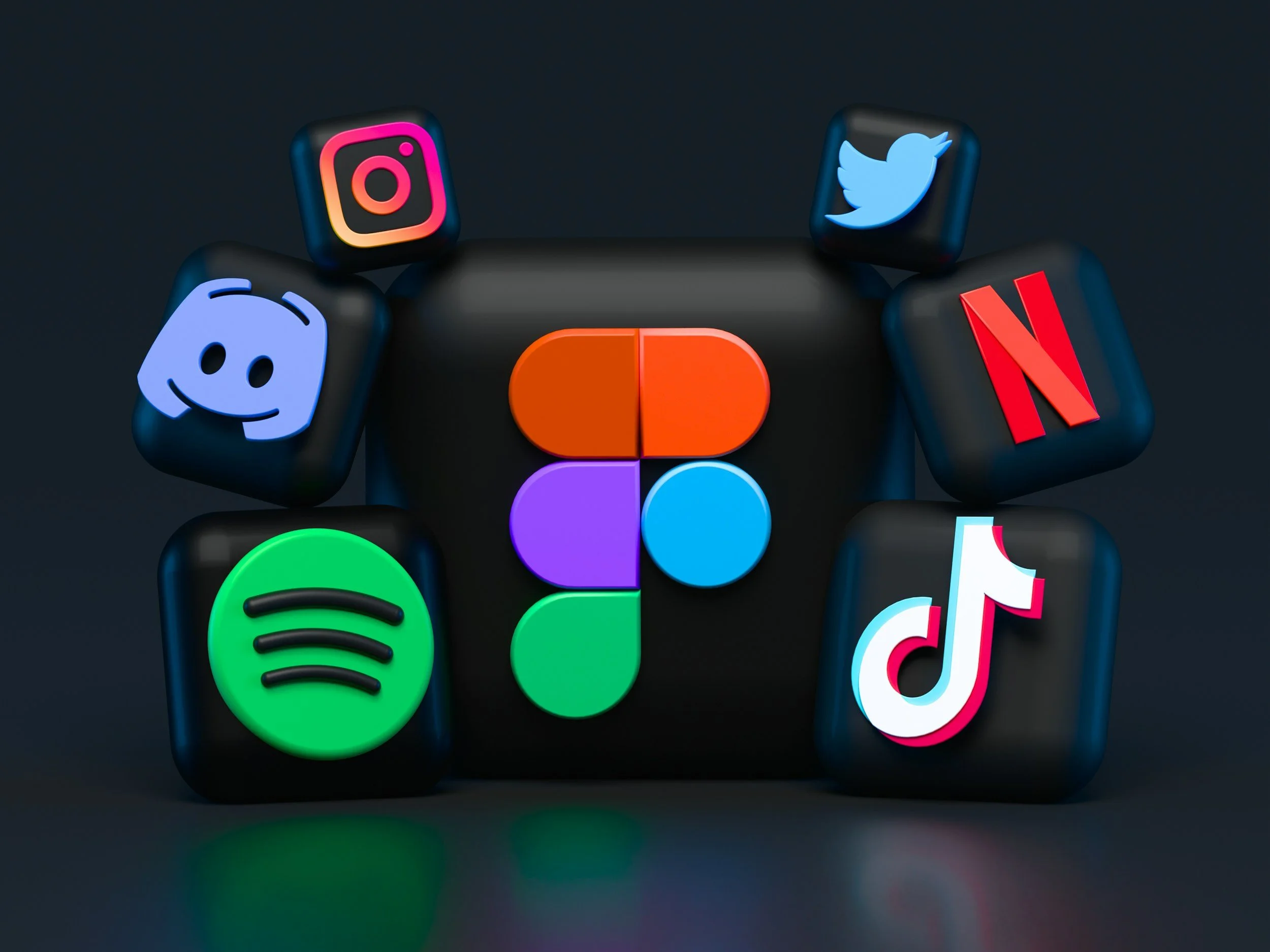Can Brand Performance Be Measured?
The ROI Question
Throughout my experiences working with clients on their brands, I’ve gotten this question thrown at me: “What’s the ROI we’re going to get from this?”
Naturally, as a younger and less-aware designer, I was slightly stumped. What were they looking for—a predicted figure? How could I provide an answer to something that hasn’t happened yet?
Over time, I’d begun to realize where this was coming from. These prospects weren’t looking for a figure or a direct answer. In fact, they weren’t looking for anything I could realistically give them to sign.
They were looking for certainty. They were looking for control over the outcome. They wanted to know that their investment would guarantee a positive result.
Aaaaand that’s a tough call for anyone to make. There’s a old saying that there’s nothing certain in this life except for death and taxes. Very few things are certain in life, especially business, and the things we can control don’t guarantee success—rather, they just potentially make it more likely.
Point blank: there’s no “guarantee” that investing in brand will work because its success rides on a number of factors—many of them being on the business itself! For starters, they have to have products or services that people need. They need to be able to differentiate themselves from the competition. Most of all, they need to continuously give great service and take care of their customers, because no amount of branding will save a business that doesn’t.
So can brand performance be measured? Can we determine the ROI for investing in brand? How do KPIs factor into branding efforts? Let’s dive in.
When Performance Is Perception
Brand performance isn’t quantitative, it’s qualitative.
Key Performance Indicators (KPIs) in marketing efforts and campaigns such as ROI are more quantitative in nature, which makes it naturally easier to measure and oversee. Brand performance is inherently subjective because it’s based on perceptions and emotions associated with the brand itself. The way a brand behaves in the market can easily add value or devalue it in the eyes of the consumer, and that perception can have a profound effect on marketing KPIs and overall business performance over time.
What’s a good example of this? How about an example of when it goes wrong? Enter Target.
Earlier this year, Target went from being a well-liked brand to being a retail and social pariah after they scaled back DEI initiatives they’d put in place after the pandemic. Prior to that, they’d also made headlines after they pulled apparel partnerships they’d made with LGBTQIA+ creators and brands. Even though Target is still a big retail brand, it’s no surprise that their stock has been tanking since January, and they’ve lost over $12 billion in sales due to ongoing boycotts led by Black and Hispanic communities. After years of positioning themselves as a fun and welcoming brand, they came out against the very people who, on average, spend millions of dollars at their stores per day.
If KPI was pissing off their shoppers and damaging their brand, they did well—their business will just continue to suffer!
So with even just that example, we can see that brands needs to be cohesive and as precise as possible with its outreach. It’s why brand activation periods are so crucial for any brand launch—especially for newcomers. Moreover, especially with Target’s story, it’s why every brand keeps a close eye on things like reviews, customer satisfaction, and user feedback.
Getting The Clearer Picture
So if KPIs are more objective, and brand is more subjective, then how can we hope to measure our brand’s performance effectively?
It’s easier said than done, but we can do this by effectively balancing the qualitative insights and quantitative data. We need to see the nuance within the numbers.
📈 Track KPIs for campaign performance, conversion, and growth metrics.
⭐️ Track brand sentiment through awareness, surveys, focus groups, reviews, and conversations on social platforms like X, Reddit, etc.
🧑💻 Track digital behavior from SEO analytics, site traffic, heat maps.
🤝 Track community signals from event engagement, organic mentions, UGC.
Tracking these areas on a quarterly basis will not only give us clear indicators of our brand’s performance across various marketing channels, but will also give us a clear enough idea of how consumers feel about our brand.
Brand will always be worth it
At the end of the day, your brand is the platform that makes sales possible. It drives trust, credibility, and loyalty. It’s beyond just a look-and-feel, it’s the experience that starts from the moment a prospect visits your website, talks with a rep, or sees your product on the literal or digital shelf for the first time.
And investing in it? Always worth it.




